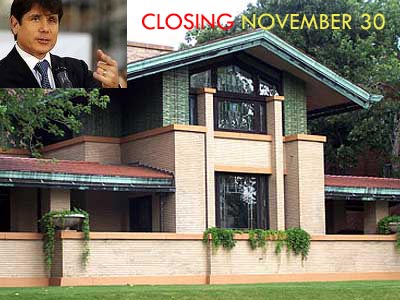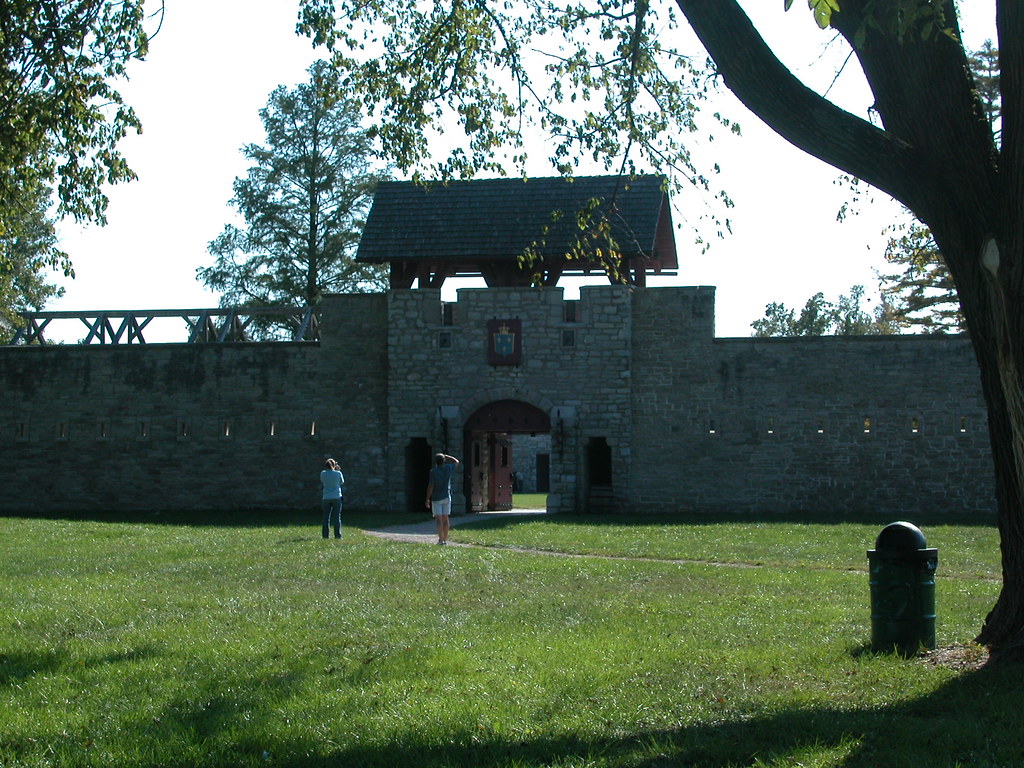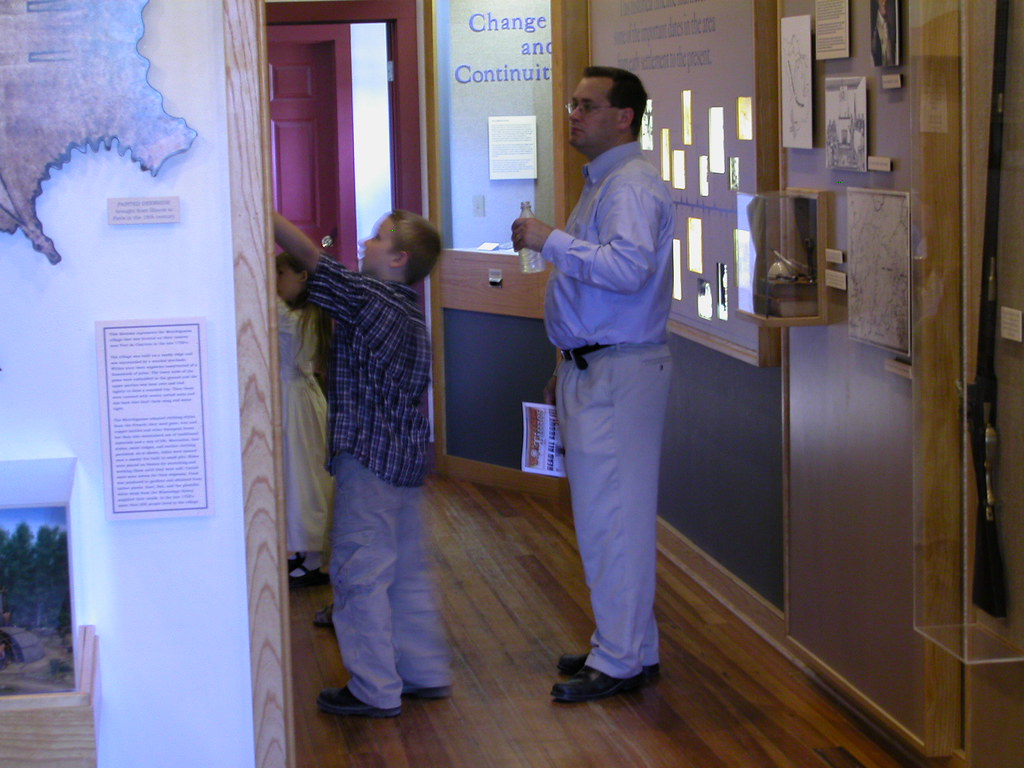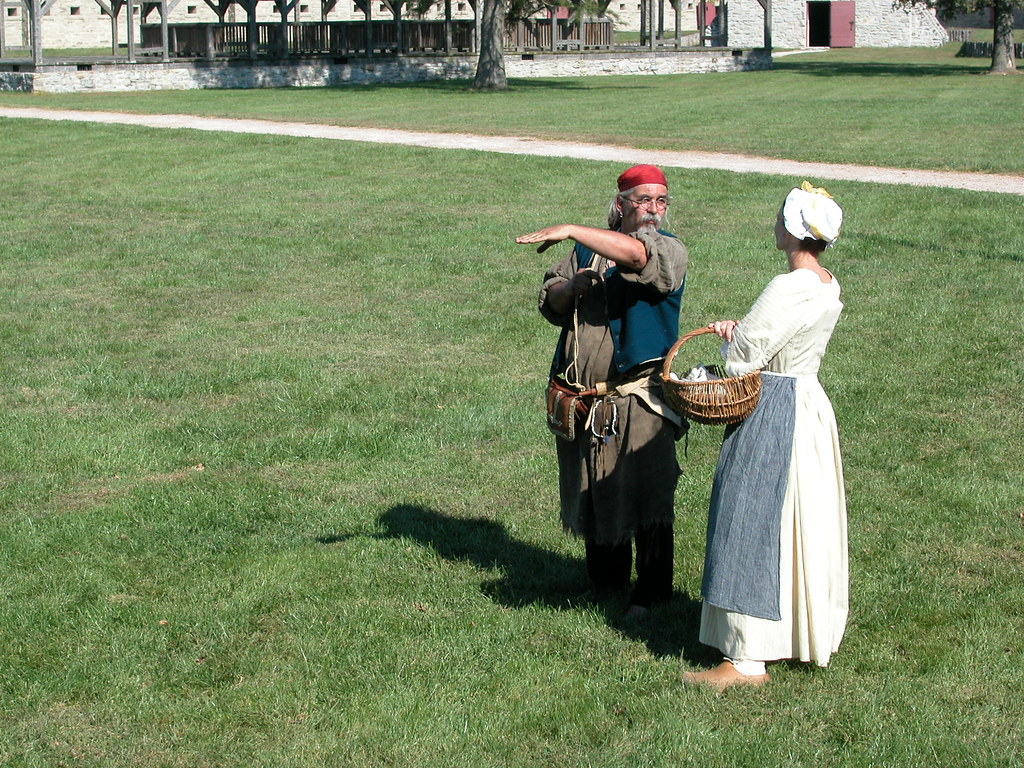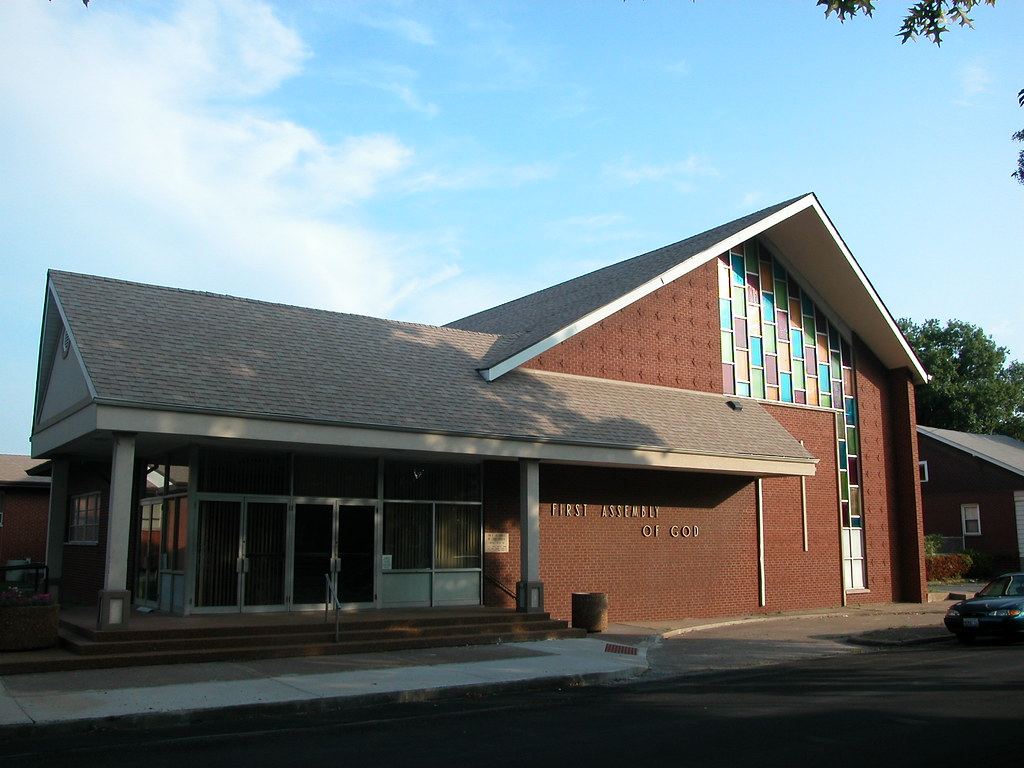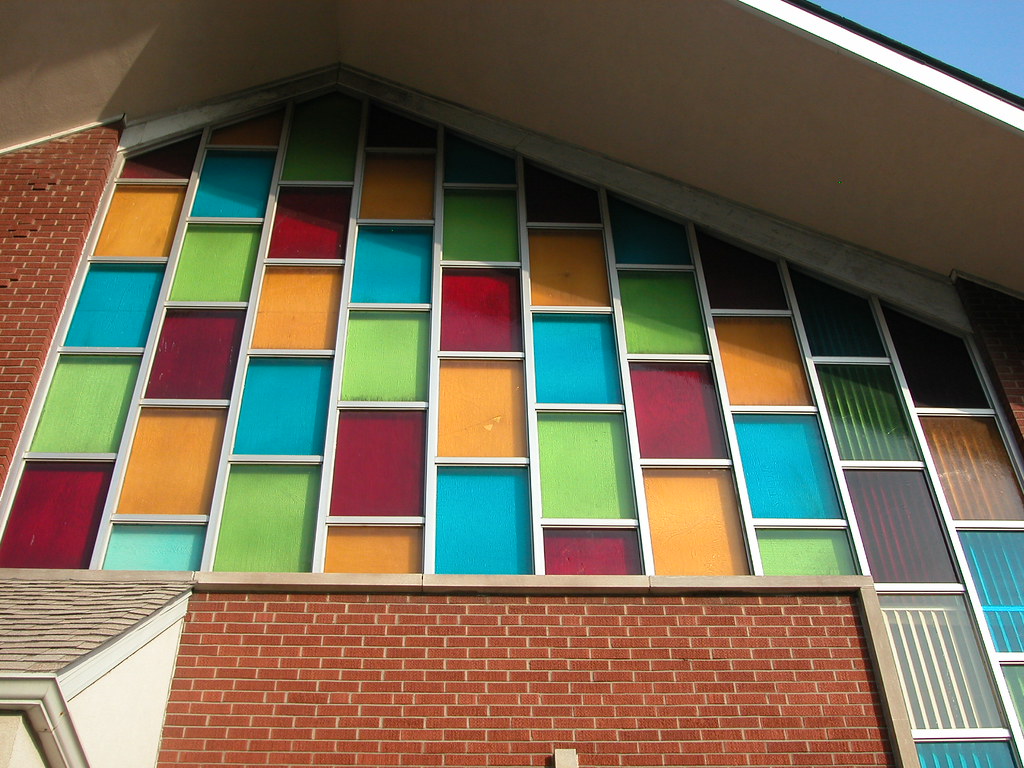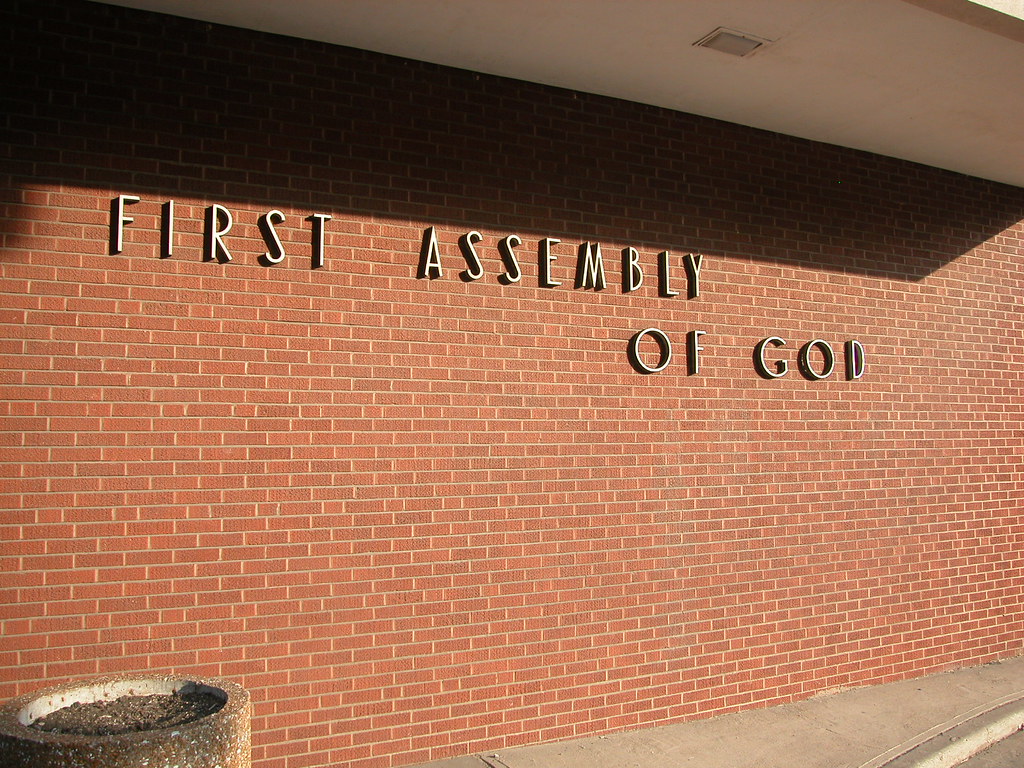by Michael R. Allen
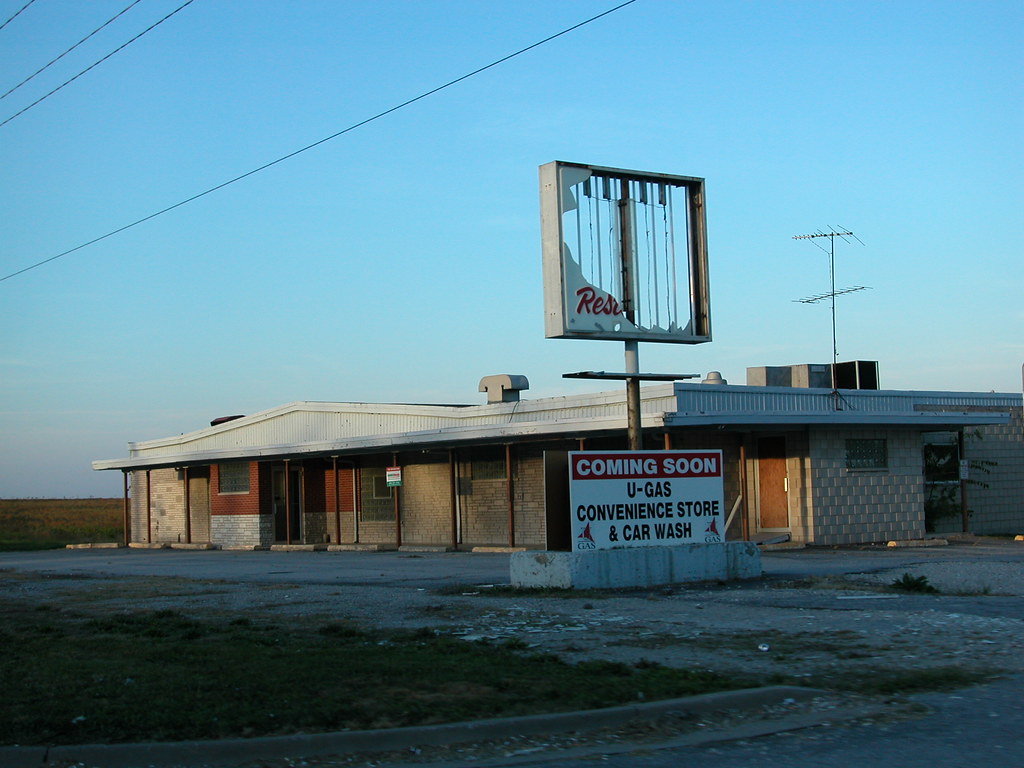 The Bee Hive Bowl in Waterloo, Illinois is about to end its long battle with redevelopment. after being listed on the market for over three years, the shuttered bowling alley, located on Illinois Route 3 just north of HH Road, will be demolished for yet another over-sized convenience store and gas station. The old Mobil station next door, a family-run affair housed in a building older than the Bee Hive, was wrecked last year for the same project.
The Bee Hive Bowl in Waterloo, Illinois is about to end its long battle with redevelopment. after being listed on the market for over three years, the shuttered bowling alley, located on Illinois Route 3 just north of HH Road, will be demolished for yet another over-sized convenience store and gas station. The old Mobil station next door, a family-run affair housed in a building older than the Bee Hive, was wrecked last year for the same project.
Why does the demolition of a 1950s-era bowling alley in a small town outside of St. Louis merit my attention? For one thing, the transition tells an interesting story. For another, when I write about happenings in still-rural Monroe County, southeast of St. Louis, I am writing about the land that fostered my childhood. My attachment to the land and places of Monroe County runs deep, and its evolution since I left as a teenager disturbs, delights and intrigues me.
To the point, the Bee Hive Bowl was a county institution. The Bee Hive was Waterloo’s only bowling alley, and one of less than five in the county. Monroe County has always been Friday-night territory. Week nights are work nights for the farmers, especially in good weather. The bars attract small crowds, and the restaurants are closed by 9:00 p.m. But come Friday, people pack the taverns and restaurants to dispel some of the pent-up energy. When I was a kid, getting a lane at the Bee Hive was not easy on a weekend night. That did not matter too much to the adults, who could hang out in the restaurant eating fried chicken and drinking beer.
The sort of company and good cheer found at the Bee Hive was one of those things that connected small-town and country folks in Monroe County with everyone everywhere, at least in the United States. Every town, city and military base had a bar. Most had bowling alleys. Much is made of the correlation between bowling and urban working-class populations, but southern Illinois’ rural working-class (farm laborers and factory workers) loved their bowling, too.
All that has changed, of course. The Bee Hive closed up shop early in the 21st century, joining legions of bowling alleys in small towns and big cities everywhere. (In fact, the Bee Hive outlasted most of the bowling alleys in the city of St. Louis.) Obviously, in cities with diminishing density, the loss of bowling alleys makes sense. But in Monroe County, the towns continue to grow and increase population density. Of course, just like St. Louis, Waterloo has lost many of its manufacturing and well-paid blue-collar jobs. And young people there are as disinterested in a communal pastime like bowling as are youth in the urban neighbor to the west.
Hence, the Bee Hive’s impending demolition is not really the story of the loss of a retro modern building — it’s the story of the decline of a particular part of social life. Without bowlers, bowling alleys are hard to maintain. The new gas station and convenience store also tells us something about Waterloo. I’m not quite sure what that is — such operations are found alongside highways everywhere, and have little that is particularly local about them.
A side note that in intriguing is that the Bee Hive’s lanes now compose table tops at Gallagher’s, a popular restaurant and bar located in a historic building in downtown Waterloo. The owner had a use for the lanes that fit the new social life of the county seat. All is not lost, I guess, and Friday nights in Waterloo must be as fun as ever.
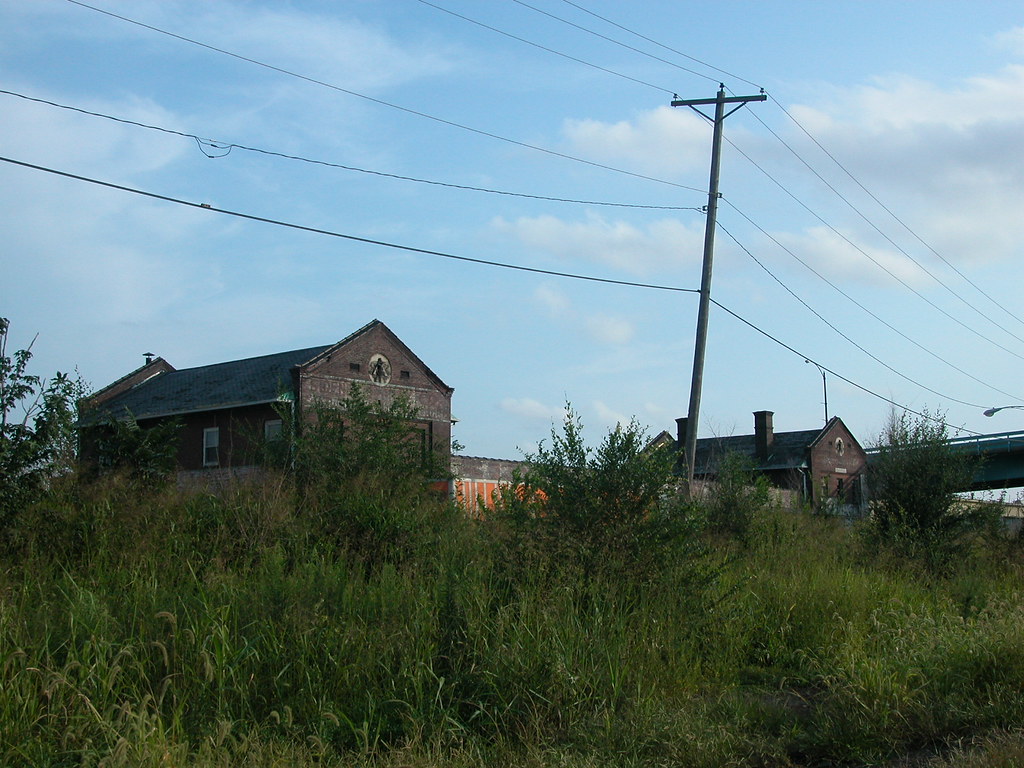 Under the 20th Street viaduct bridge in Granite City, Illinois stands a reminder of previous changes within the Anheuser-Busch empire. On Adams Street is a transfer terminal for the brewer built in the 1911 before the onset of prohibition. The brewer sent train loads of beer to Granite City by rail across the Merchant’s Bridge, and the trains delivered the beer to this building. From here, teams of Clydesdales and later trucks carried smaller deliveries to local restaurants, taverns and lodge halls.
Under the 20th Street viaduct bridge in Granite City, Illinois stands a reminder of previous changes within the Anheuser-Busch empire. On Adams Street is a transfer terminal for the brewer built in the 1911 before the onset of prohibition. The brewer sent train loads of beer to Granite City by rail across the Merchant’s Bridge, and the trains delivered the beer to this building. From here, teams of Clydesdales and later trucks carried smaller deliveries to local restaurants, taverns and lodge halls.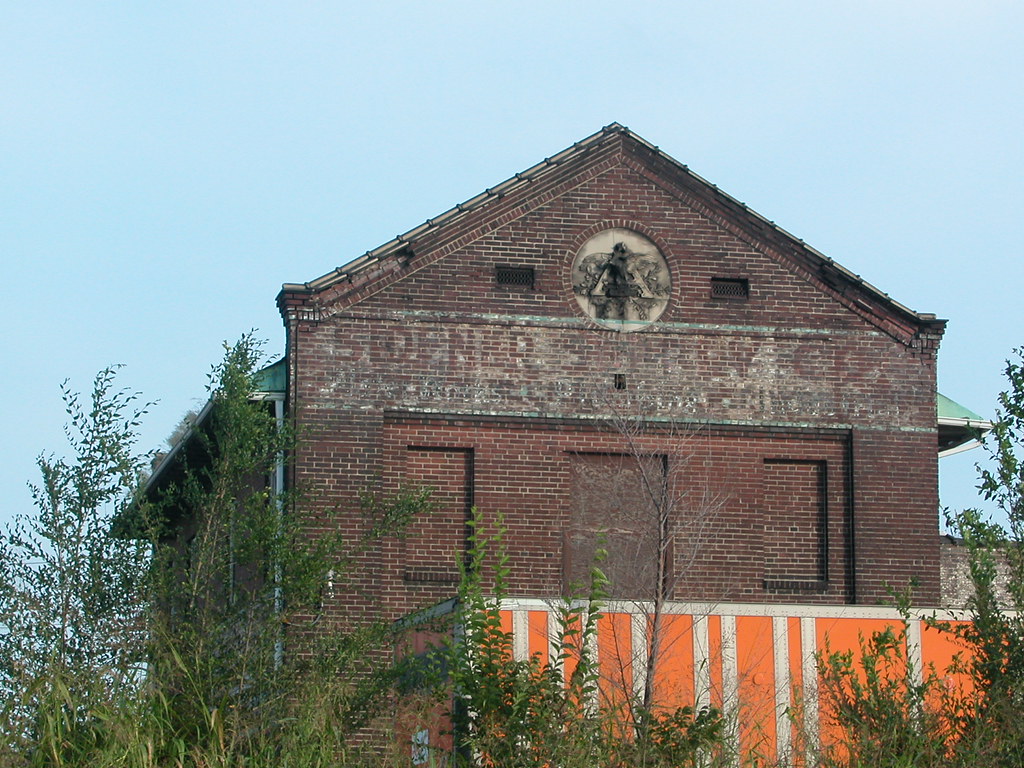 Anheuser-Busch closed the transfer terminal after World War II, when it became more feasible to simply truck the beer from St. Louis over roads. The transfer terminal remains, and is still in use as a transfer facility. Nowadays, truckloads are switched out here. At each of the four gable ends is a terra cotta medallion bearing a relief of the Anheuser-Busch eagle. The adjacent rail line does not have a spur to the old Anheuser-Busch transfer terminal. The terminal’s use passed with time, then the railroad spur and finally the brewer itself.
Anheuser-Busch closed the transfer terminal after World War II, when it became more feasible to simply truck the beer from St. Louis over roads. The transfer terminal remains, and is still in use as a transfer facility. Nowadays, truckloads are switched out here. At each of the four gable ends is a terra cotta medallion bearing a relief of the Anheuser-Busch eagle. The adjacent rail line does not have a spur to the old Anheuser-Busch transfer terminal. The terminal’s use passed with time, then the railroad spur and finally the brewer itself.
